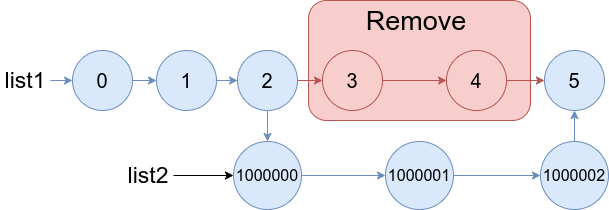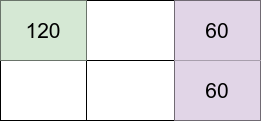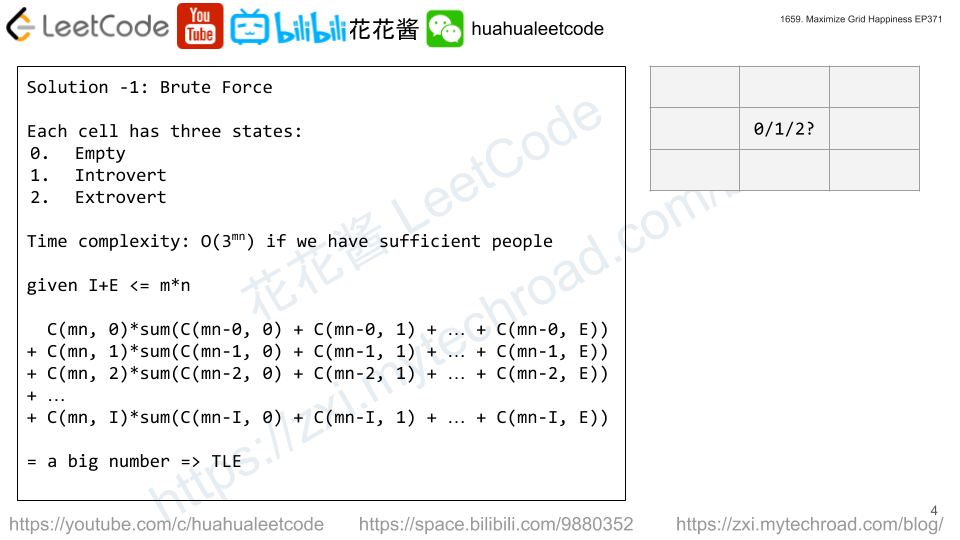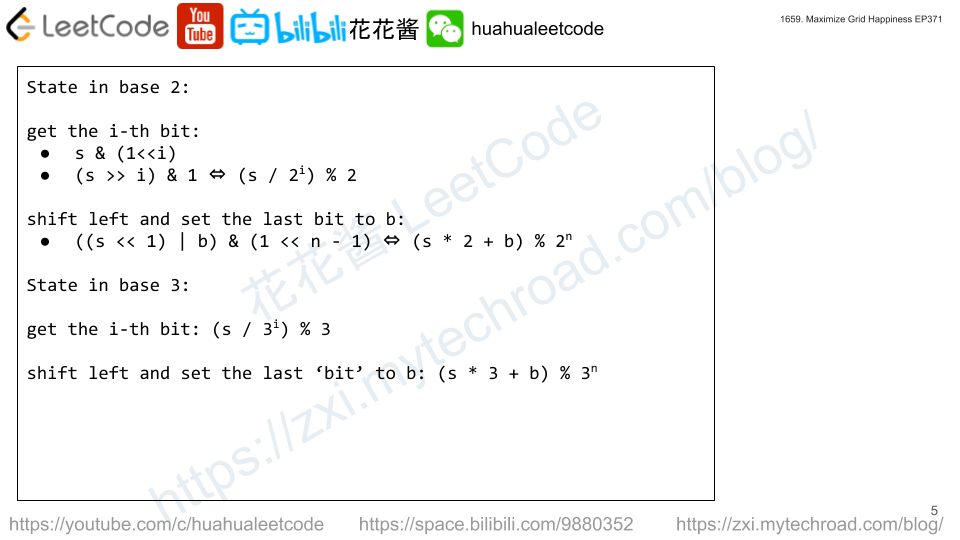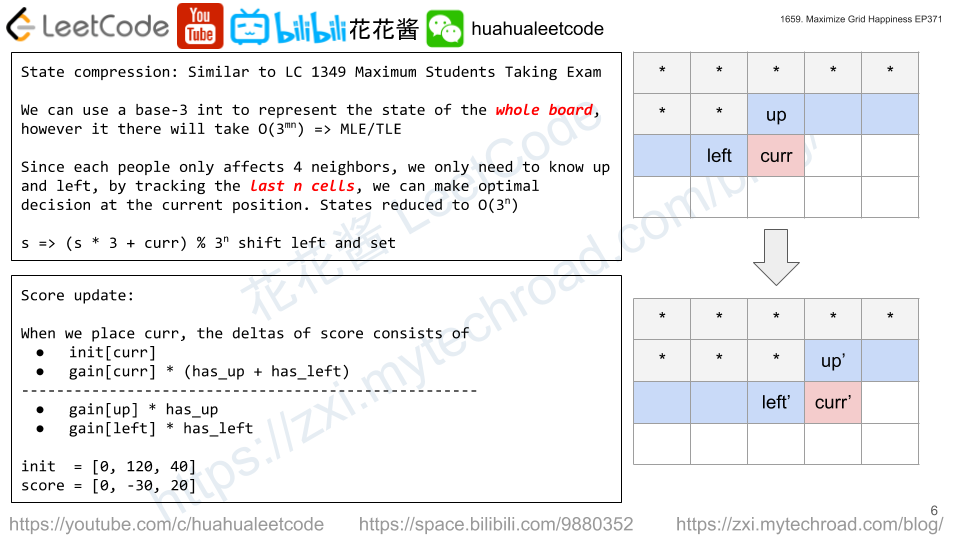Design a queue that supports push and pop operations in the front, middle, and back.
Implement the FrontMiddleBack class:
FrontMiddleBack()Initializes the queue.void pushFront(int val)Addsvalto the front of the queue.void pushMiddle(int val)Addsvalto the middle of the queue.void pushBack(int val)Addsvalto the back of the queue.int popFront()Removes the front element of the queue and returns it. If the queue is empty, return-1.int popMiddle()Removes the middle element of the queue and returns it. If the queue is empty, return-1.int popBack()Removes the back element of the queue and returns it. If the queue is empty, return-1.
Notice that when there are two middle position choices, the operation is performed on the frontmost middle position choice. For example:
- Pushing
6into the middle of[1, 2, 3, 4, 5]results in[1, 2, 6, 3, 4, 5]. - Popping the middle from
[1, 2, 3, 4, 5, 6]returns3and results in[1, 2, 4, 5, 6].
Example 1:
Input: ["FrontMiddleBackQueue", "pushFront", "pushBack", "pushMiddle", "pushMiddle", "popFront", "popMiddle", "popMiddle", "popBack", "popFront"] [[], [1], [2], [3], [4], [], [], [], [], []] Output: [null, null, null, null, null, 1, 3, 4, 2, -1] Explanation: FrontMiddleBackQueue q = new FrontMiddleBackQueue(); q.pushFront(1); // [1] q.pushBack(2); // [1, 2] q.pushMiddle(3); // [1, 3, 2] q.pushMiddle(4); // [1, 4, 3, 2] q.popFront(); // return 1 -> [4, 3, 2] q.popMiddle(); // return 3 -> [4, 2] q.popMiddle(); // return 4 -> [2] q.popBack(); // return 2 -> [] q.popFront(); // return -1 -> [] (The queue is empty)
Constraints:
1 <= val <= 109- At most
1000calls will be made topushFront,pushMiddle,pushBack,popFront,popMiddle, andpopBack.
Solution: List + Middle Iterator
Time complexity: O(1) per op
Space complexity: O(n) in total
C++
|
1 2 3 4 5 6 7 8 9 10 11 12 13 14 15 16 17 18 19 20 21 22 23 24 25 26 27 28 29 30 31 32 33 34 35 36 37 38 39 40 41 42 43 44 45 46 47 48 49 50 51 52 53 54 55 56 57 58 59 60 61 |
// Author: Huahua class FrontMiddleBackQueue { public: FrontMiddleBackQueue() {} void pushFront(int val) { q_.push_front(val); updateMit(even() ? -1 : 0); } void pushMiddle(int val) { if (q_.empty()) q_.push_back(val); else q_.insert(even() ? next(mit_) : mit_, val); updateMit(even() ? -1 : 1); } void pushBack(int val) { q_.push_back(val); updateMit(even() ? 0 : 1); } int popFront() { if (q_.empty()) return -1; int val = q_.front(); q_.pop_front(); updateMit(even() ? 0 : 1); return val; } int popMiddle() { if (q_.empty()) return -1; int val = *mit_; mit_ = q_.erase(mit_); updateMit(even() ? -1 : 0); return val; } int popBack() { if (q_.empty()) return -1; int val = q_.back(); q_.pop_back(); updateMit(even() ? -1 : 0); return val; } private: void updateMit(int delta) { if (q_.size() <= 1) { mit_ = begin(q_); } else { if (delta > 0) ++mit_; if (delta < 0) --mit_; } } bool even() const { return q_.size() % 2 == 0; } list<int> q_; list<int>::iterator mit_; }; |

